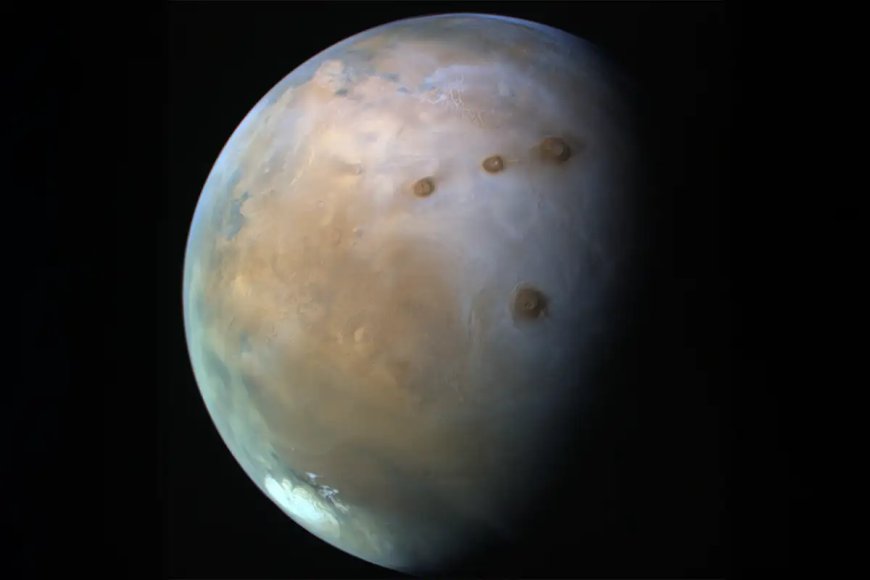Life Underground on Mars and Enceladus: NYUAD Study Reveals Potential
A study by NYU Abu Dhabi's CASS suggests that cosmic rays could fuel microscopic life underground on certain planets and moons in our solar system. This challenges the belief that life needs sunlight or geothermal heat to survive.

A groundbreaking study from NYU Abu Dhabi has revealed that cosmic rays — high-energy particles from space — could provide the energy needed to support life beneath the surfaces of planets and moons in our solar system.
The research challenges long-standing beliefs that life requires sunlight or geothermal heat to survive. Led by Dimitra Atri, the study shows that cosmic rays may not only be harmless in certain subsurface environments, but could actively fuel microscopic life through a process called radiolysis.
Some Earth bacteria use the energy released from the interaction of cosmic rays with water or ice underground as an energy source, similar to how plants rely on sunlight. The team examined the energy generation potential of radiolysis on Mars, Enceladus, and Europa, with Enceladus showing the highest potential to support life.
The study introduces the concept of the Radiolytic Habitable Zone, identifying potentially life-supporting environments based on the presence of subsurface water and exposure to cosmic radiation. This expands the possibilities for habitable worlds beyond the traditional Goldilocks Zone, redefining future space exploration to target underground environments on Mars and icy moons.
The findings suggest that even the darkest, coldest places in the solar system could harbor conditions for life to survive.
What's Your Reaction?
 Like
0
Like
0
 Dislike
0
Dislike
0
 Love
0
Love
0
 Funny
0
Funny
0
 Angry
0
Angry
0
 Sad
0
Sad
0
 Wow
0
Wow
0






















































































































































































